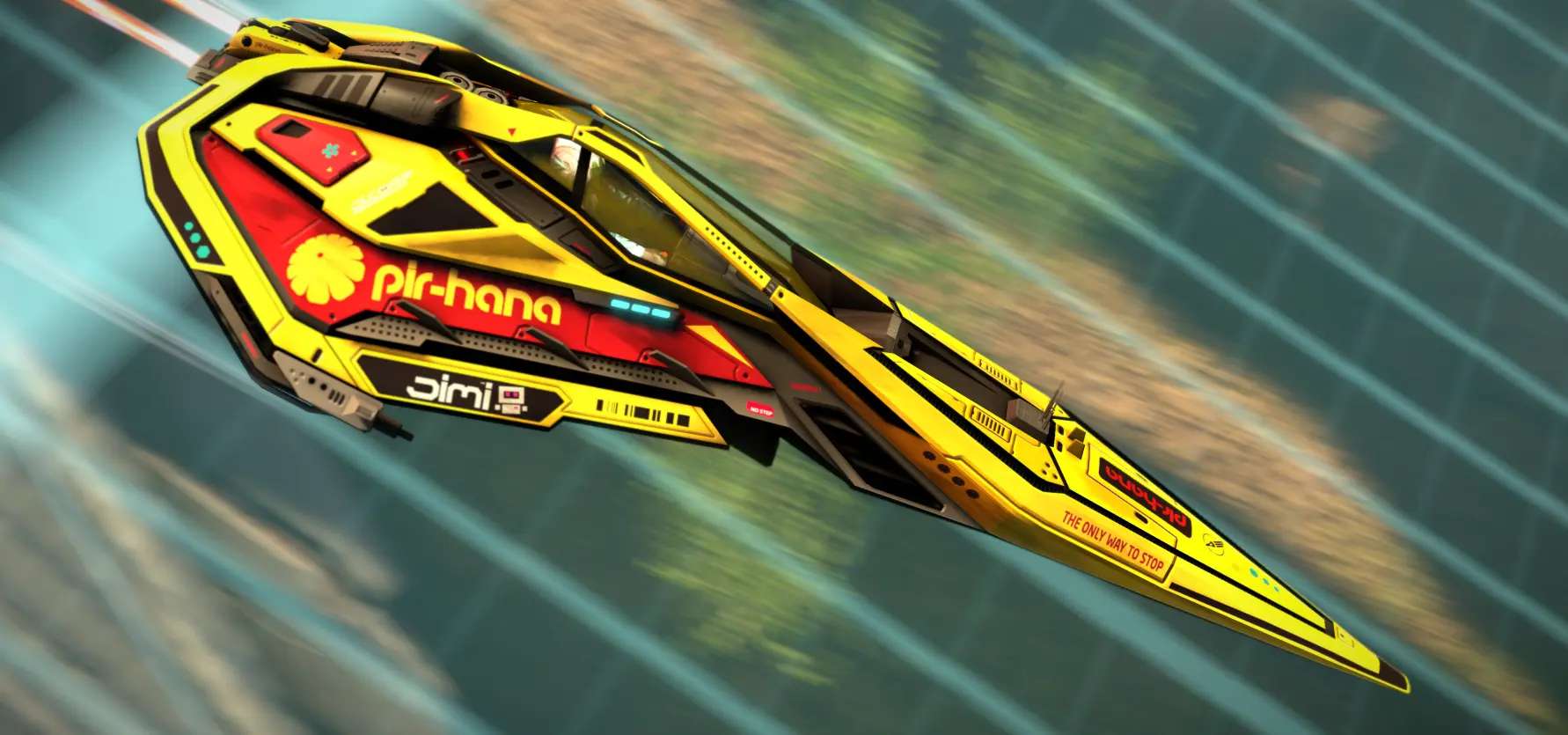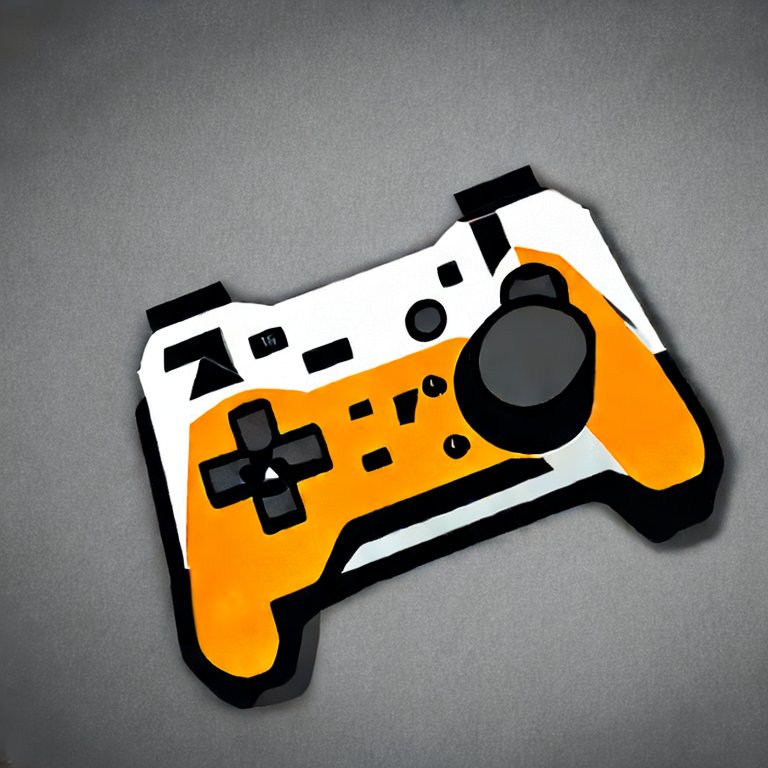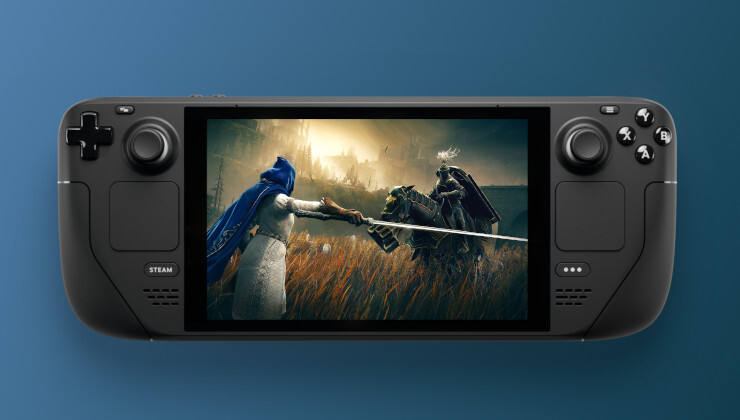

TBF, if they did some proper horror game stuff with her sections, Id’ve been stoked.
Lots of horror games do this, where they make you completely disarm to bring the scaryness back after the power creep of finding a bunch of weapons and items make you complacent.
The staff elevator in Silent Hill 2. The security check in Alien Isolation. Heck, House Beneviento in RE7.
Scary Ashley sections could have served the same purpose to contrast with Leon’s overpowered badassery.








The upside of using a separate character for the reset, is that it can be made temporary. When you’re back to the other character, their inventory is still there. Most games that do this with multiple characters work this way.
Done right, the scary sections played as a secondary character should work like intermissions that don’t outstay their welcome. And unlike a main character reset, you can go back and forth multiple times much more naturally.